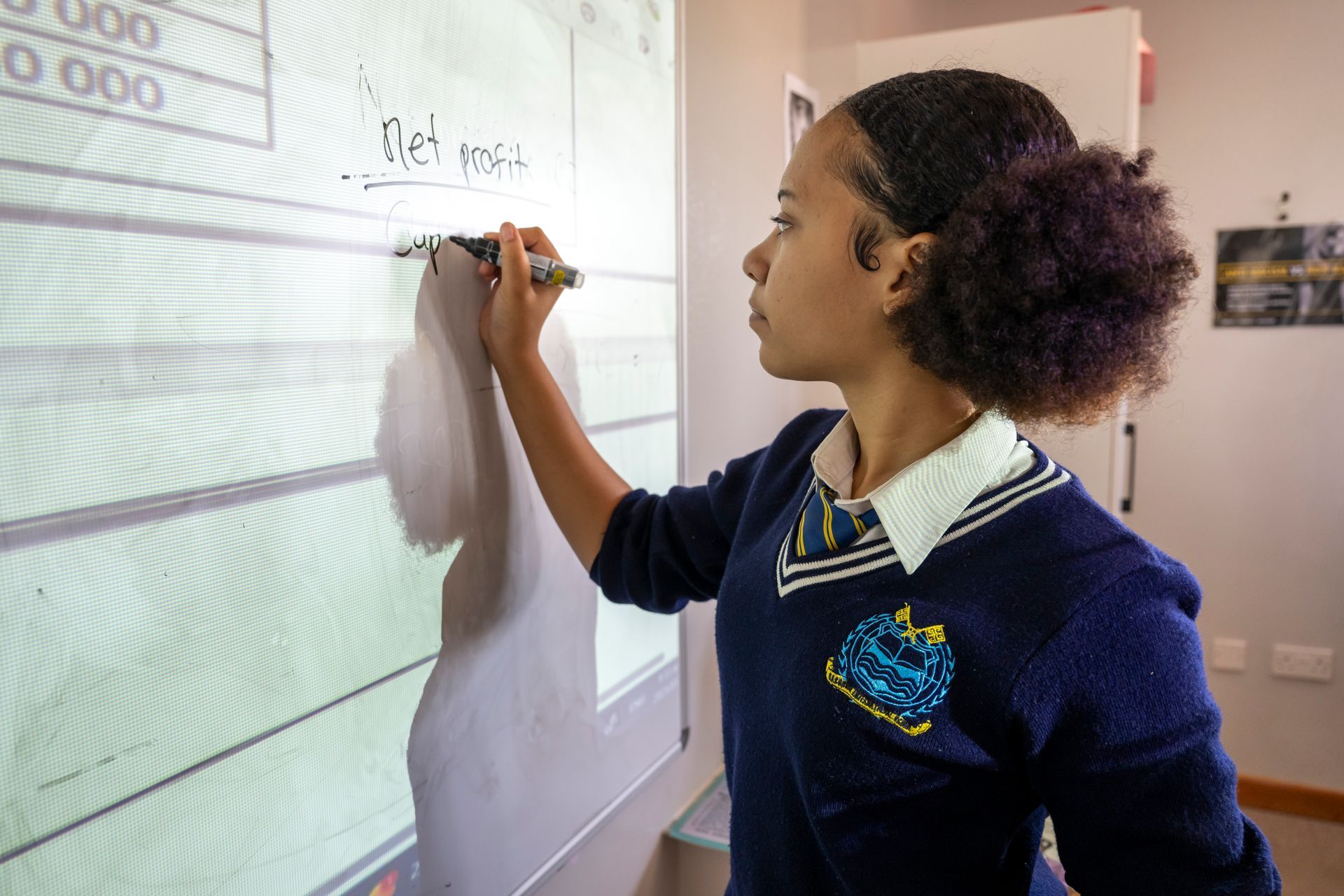The Importance of STEM Education in Today's World
STEM education is the integration of Science, Technology, Engineering, and Mathematics to build knowledge and abilities that are widely useful and desirable in the professional world. It has been a central focus both within and outside education.
Building skills in invention, teamwork, and problem-solving requires a STEM education. Moreover, it offers a foundation of specific knowledge applicable to numerous professional jobs. For example, scientists—ranging from physicians to physicists—discover new things and enhance existing procedures in ways that benefit industry.
Each area of STEM education plays a critical role in every modern economy, and Gaborone International School is at the forefront of this educational revolution. GIS is using its Science and Technology Centre to equip students on how to produce software and hardware widely needed by companies and consumers.
Secondly, teaching Mathematics helps students become experts in solving practical and theoretical problems. The real-world knowledge and skills built in STEM education at GIS will support our students' career paths.
GIS Students successfully used the 3D printers and the Laser cutters in the Robotics Lab to produce Key holder tags, cups and coasters as tokens that were presented to the ADvTECH Central Academic Team when they visited GIS for the ADvLEARN Platform rollout in February 2024.
STEM education is important because it builds knowledge and abilities that are widely useful and desirable in the professional world.
Additionally, STEM education is vital for building talents in problem-solving, collaboration and innovation.
Key components of STEM Curriculum
- Science
- Technology
- Engineering
- Mathematics
STEM provides a base of specialised knowledge that is useful in many professional roles. For instance, Scientists, from medical doctors to Physicists, make discoveries and improvements to current processes that contribute value to the business world.
The Future of STEM Education and Career Opportunities
A strong background in STEM is vital for securing a related job, but STEM skills can be applied to non-traditional STEM careers.
For example
- Marketing Professionals can benefit from an understanding of Statistics.
- Business entrepreneurs could benefit from web coding experiences to promote their companies online.
- Musicians could benefit from cognitive Science to understand how their music impacts listeners. This means STEM skills can improve the abilities of any student in any field.
- Engineering students may design anything from safe, optimised traffic intersections to an amusement park ride.
- Lab Science students can work directly with chemicals, tools, and equipment to experiment, solve problems and achieve desired results.



